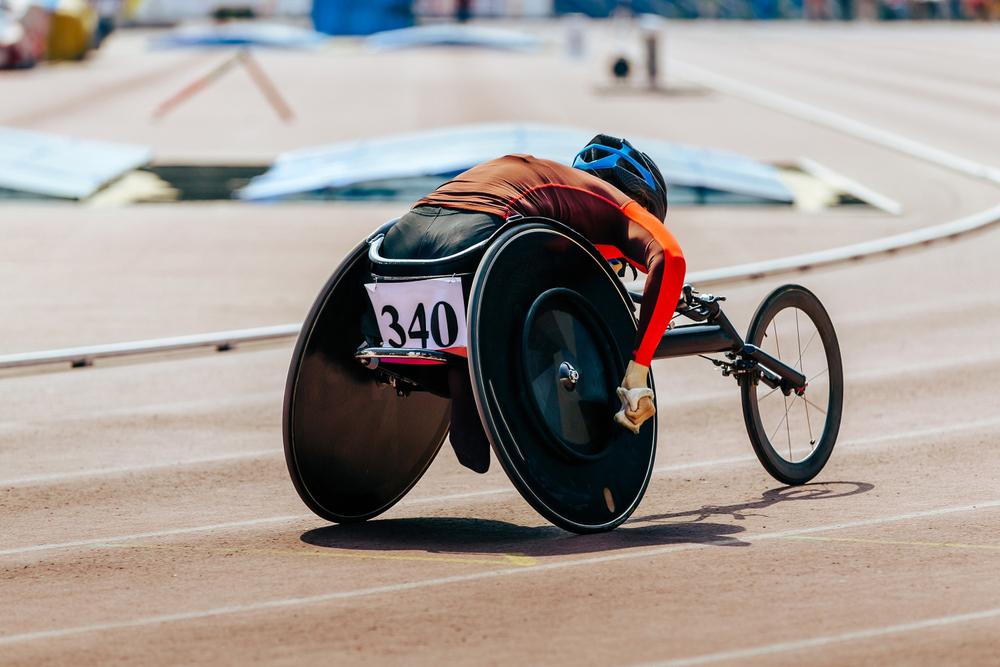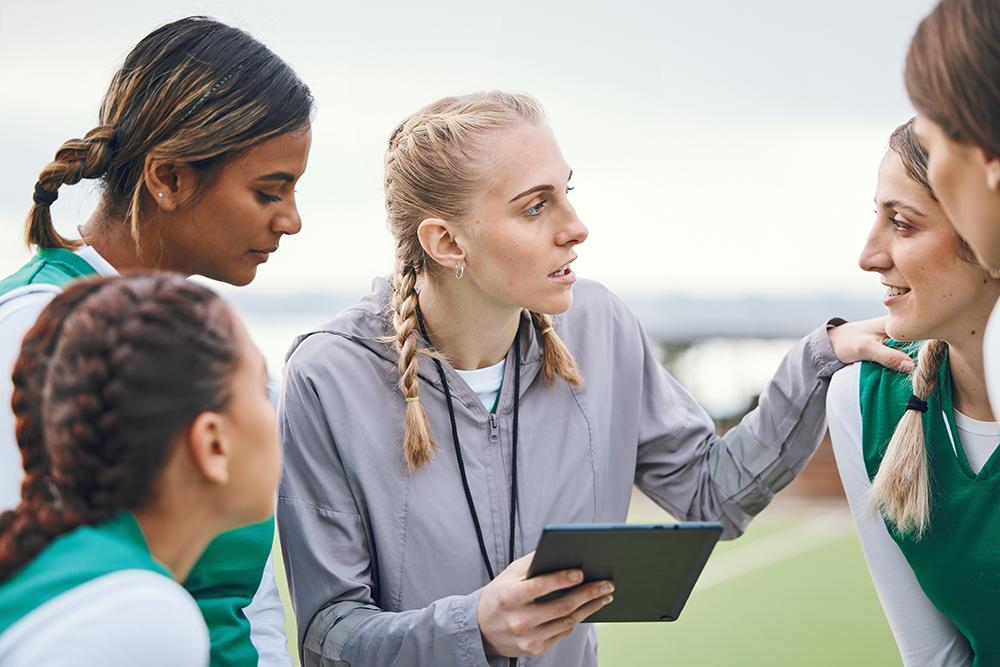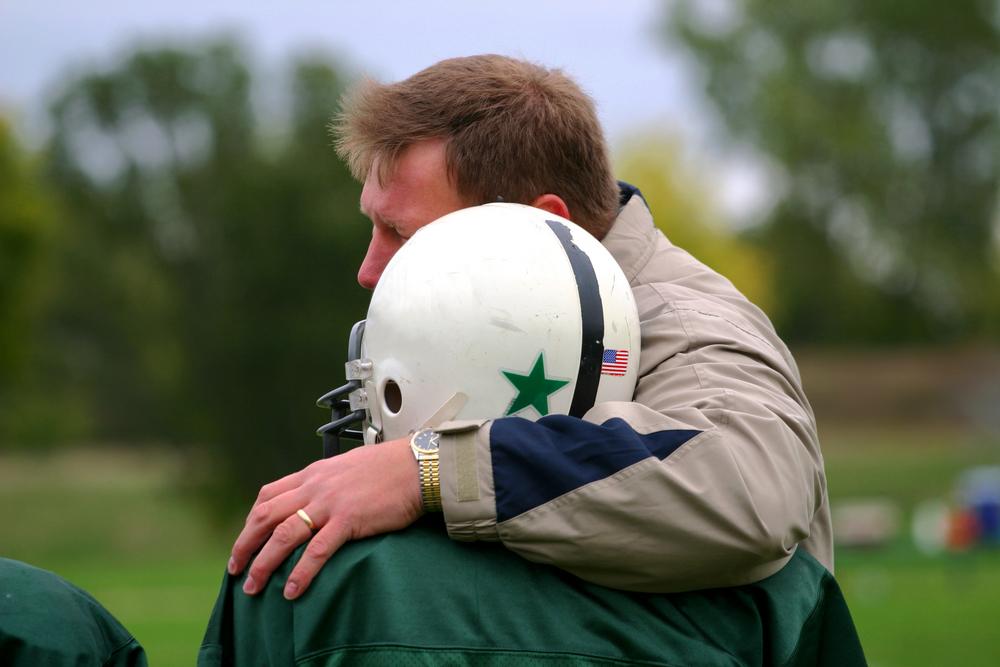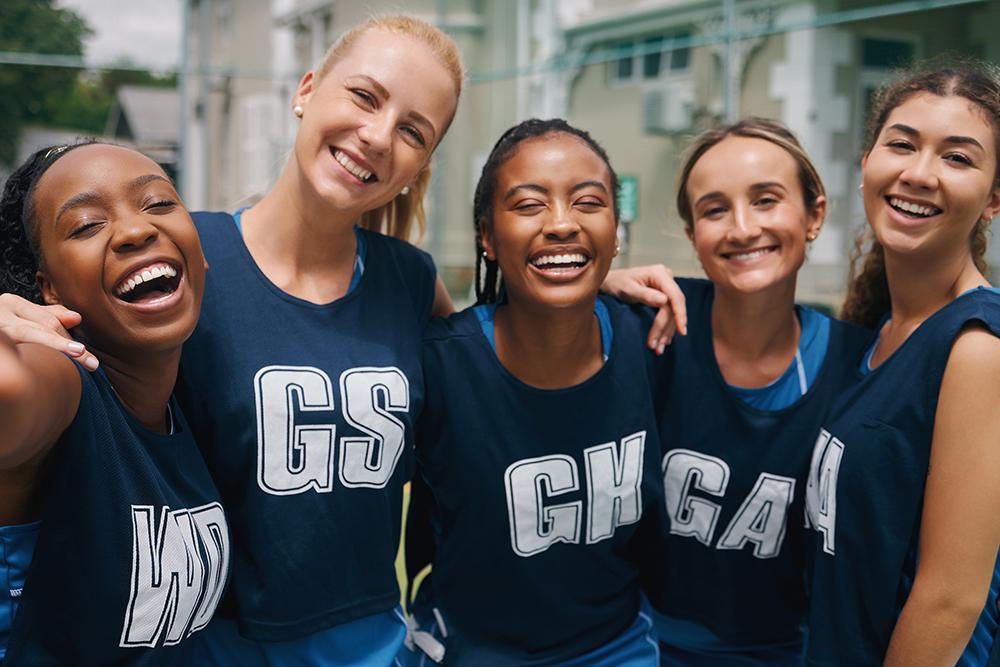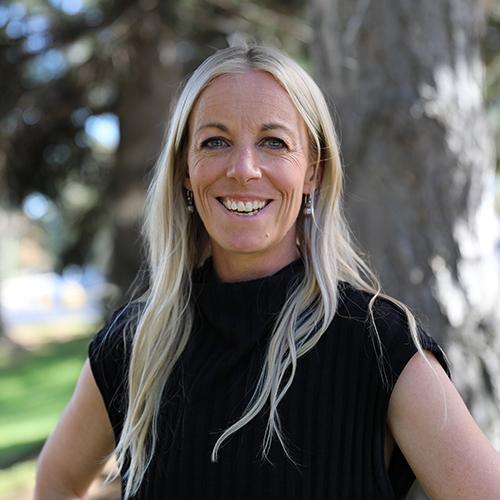 As a student-athlete, there may be a point where you want to seek some coaching outside of your school or club coach. From personal trainers to virtual coaches to skills-based coaches, there are a lot of options for getting extra help. But what makes sense for you and your athletic trajectory—and what should you avoid doing if you double up on coach input?
As a student-athlete, there may be a point where you want to seek some coaching outside of your school or club coach. From personal trainers to virtual coaches to skills-based coaches, there are a lot of options for getting extra help. But what makes sense for you and your athletic trajectory—and what should you avoid doing if you double up on coach input?
Here, the U.S. Anti-Doping Agency’s Director of Science, Dr. Laura Lewis, explains the different types of extra coaching you can look for, how to select the right coach for you, and when to walk away.
What are the available coaching options?
For most athletes, coaching options are either virtual or in-person. With virtual coaching, the coach typically provides a training plan and potentially offers feedback in the form of email, phone, or video calls. In-person coaching is typically skill- or strength-focused, and the coach will help you to hone your form or work on a certain weakness.
If you’re a solo athlete—a young bike racer or distance runner—you may need an endurance coach because you aren’t part of a team. But Lewis says that while online coaching can be a great option, looking for a local team to train with may be the better choice. “The beauty of sport, especially for young athletes, is often the social interaction,” she says. “Doing everything online and by yourself means you’re missing a lot of the social benefits of sport, and you’re missing out on being able to practice competing with teammates.”
If you do want to look for a coach, Lewis says that it’s important to start by getting clear on your goals, which will help you determine who you’re looking for and what you need. Some coaches, especially in the strength and skills space, will work with you for a set number of sessions. Ideally, a good coach will talk with you at the beginning of your relationship about what success looks like for you and will help you develop a timeline that has a projected end date. For coaches providing programming for a sport like cross-country running or cycling, the relationship tends to be ongoing, though there may be an end date or break from coaching at the end of the race season.
What should an athlete look for in a coach?
The best way to find a good coach is typically through a referral from an athlete your age who is making improvements that you want to be making in your own sporting life. But if you don’t have any teammates who are working with outside coaches, you’ll have to do some searching on your own. Lewis recommends looking for a coach who specifically works with athletes in your age range, or at least has a lot of experience with youth coaching. Because athletes under 25 are still growing and developing, their needs are going to be different in terms of strength and endurance, and even in skill-building.
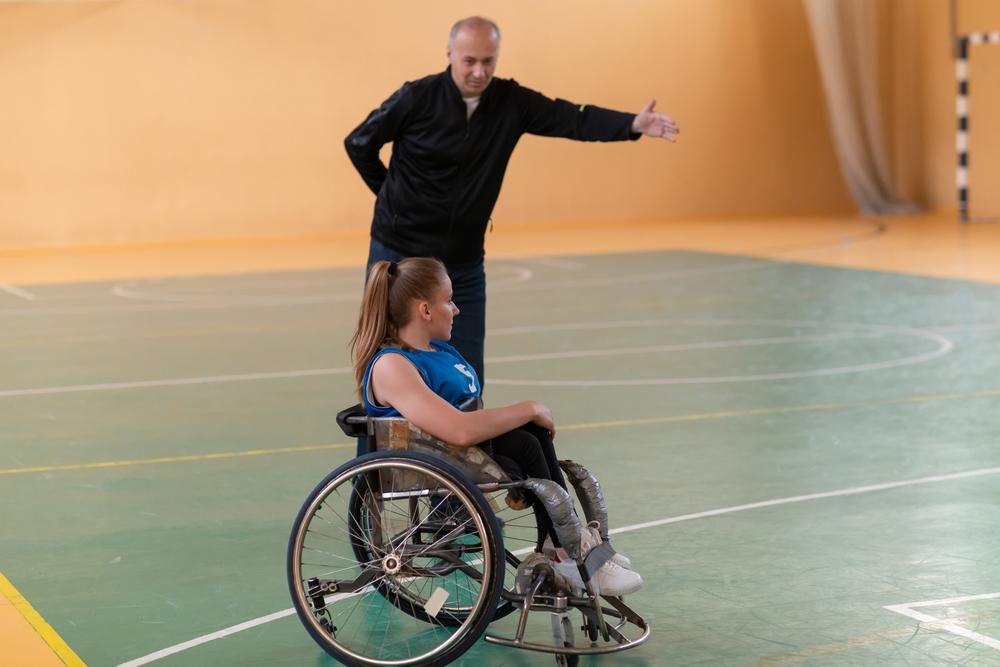 Take your time picking a coach: At minimum, you should have an introductory call or meeting (with your parents present) where you can ask questions about the coach’s methodologies, timelines, and how they would interact with your current team and training. Don’t be afraid to ask for testimonials, or even to be connected with another one of their coaching clients who is similar to you. Beware of any coach that tries to push you into signing up quickly.
Take your time picking a coach: At minimum, you should have an introductory call or meeting (with your parents present) where you can ask questions about the coach’s methodologies, timelines, and how they would interact with your current team and training. Don’t be afraid to ask for testimonials, or even to be connected with another one of their coaching clients who is similar to you. Beware of any coach that tries to push you into signing up quickly.
Unfortunately, “coach” isn’t a protected term like “registered dietitian,” so someone can call themselves a professional coach with no credentials whatsoever—and it’s easy for anyone to set up a website and social media account that looks impressive despite having minimal experience, credentials, or success. In addition to finding a coach who’s the right fit in terms of what you need, it’s important that a coach working with young athletes has certain qualifications and certifications. Always look for qualifications from your sport’s national governing body, as well as SafeSport certifications and other professional qualifications (learn more about coaching qualifications here). Lewis adds that a simple way to check if a coach is acting in a professional way is to simply ask if they have insurance, since proof of coaching insurance is a good indication that they have appropriate qualifications and that they treat coaching as a business.
Lewis adds that another thing to check is whether the coach tries to involve your parents. If you’re under 18, a coach should require parental sign off and supervision, since one-on-one coaching (even in the form of video chats) is typically prohibited under SafeSport rules. “If the coach isn’t bringing your parents in, that’s a red flag,” says Lewis.
If your parents are the ones suggesting that you get an extra coach, Lewis notes that you may want to talk with your current coach first and ask for their feedback. “A lot of well-meaning parents seem to think that it’s super important to get extra skills coaching for their athletes, assuming that it’s going to take them to the next level, but in reality, the athlete is already developing in a safe, healthy, and positive way,” she says. “And sometimes it can be helpful for the coach to weigh in and explain that the athlete really doesn’t need the extra load.”
How can an athlete monitor their training load and work with feedback from multiple sources?
When you start working with an outside coach, it’s important to think about how that extra training and feedback work with your primary coach and their prescribed training and feedback. Doing double the workload isn’t going to make you faster or stronger or more skilled…it’s more likely going to lead to overtraining and increase your risk of injury. “More is not always better,” says Lewis. “Sometimes, the best thing a coach can do is tell you that you actually need more rest and less training.”
Ideally, both coaches should be aware of each other and even work together to create a plan that’s optimal for you while remaining open to feedback from each other and from you. But even if you don’t feel comfortable telling your primary coach that you’re getting outside help, your secondary coach should at least be aware of your primary training so that they don’t push you into overtraining. With multiple coaches, it’s especially important to keep some type of training log, whether it’s virtual or just in a notebook.
In the case of skills coaching, expect to deal with different styles and methodologies that sometimes are in direct opposition to each other. That’s not necessarily a bad thing, says Lewis, since different methods will work better for different people. But expect to have moments of frustration where you want to use a method that your skills coach taught you, but your primary coach wants you to do something else.
Finally, don’t expect immediate improvements. As Lewis says, sometimes you just need time. “Hiring a coach probably isn’t going to create a magical overnight success story,” she says. “Often we feel like because we’re putting in the money and the effort, we should see immediate results, but it’s not that simple.”
________________________
Takeaway
Not every athlete needs an extra coach, but if you want more support, hiring an outside coach can be helpful. Make sure that you’re not simply doubling up your training, as overtraining can do more harm than good. While vetting a coach, be sure to check their qualifications, including SafeSport certification, and history working with athletes your age.
